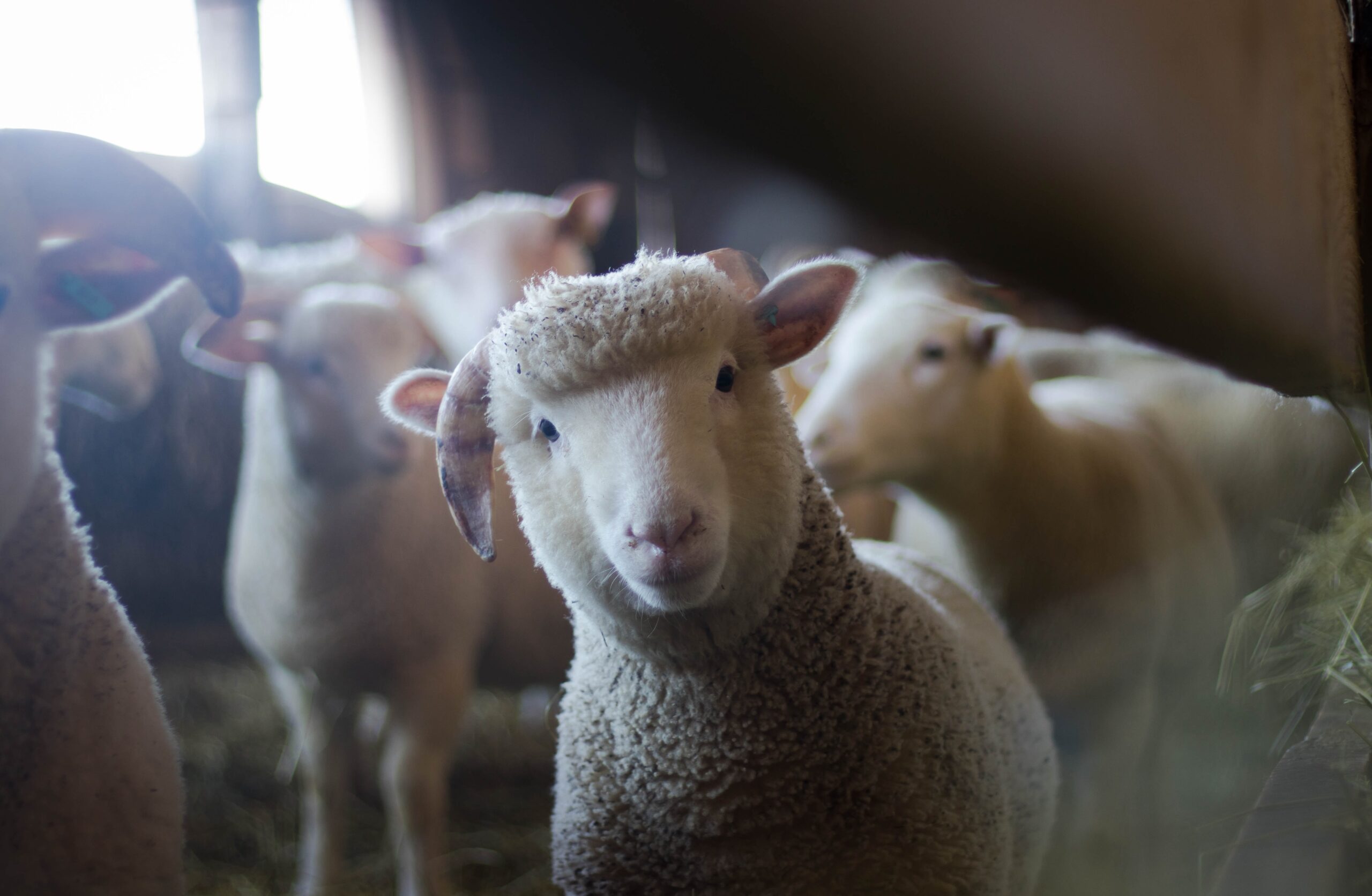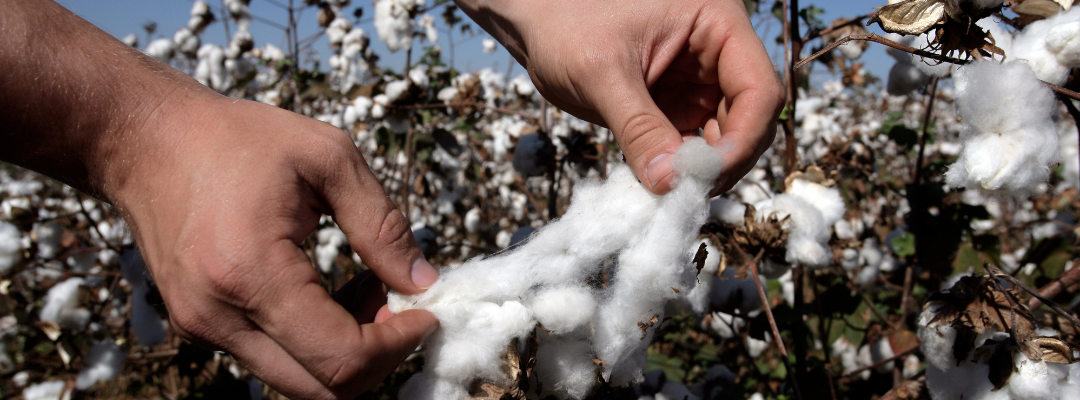Lamb and mutton production has followed the usual historical pattern this year, hitting a peak in Spring and increasing from Summer lows this Fall. Production peaked at the end of the first quarter, outpacing 2022 numbers. Then, production declined, reaching a low in July. In recent weeks production has exceeded that of 2022. You’ll notice the sharp production decline in the chart indicating the Thanksgiving shortened work week.
From January to November 2023, federally inspected (FI) lamb and mutton production totaled 102.1 million pounds. This represents a 2.7 percent drop compared to the same period of 2022. Despite that production decline, the number of sheep and lambs slaughtered jumped 3.4 percent, from 1.38 to 1.63 million head. Weight is the crux of the matter. Average FI live weight declined by 6.3 percent. Over the abovementioned period, the average sheep and lamb live weight dropped from 132.7 to 124.3 pounds. Likewise, dressed weight has decreased, on average, by 6%. Lighter weights reflect more, lighter hair sheep, lambs going to non-traditional markets at lighter slaughter weights, and likely fewer fed in feedlots this year.
Total supplies include imports and cold storage stocks. The cold storage reached 26.1 million pounds in October, 9 percent less than the same month in 2022. Lamb and mutton imports plummeted 17.4 percent so far this year. From January to September 2023, the U.S. imported 174 million pounds. The country brought in 211 million pounds during the same period last year.
Live lamb prices collapsed midway through 2022 and have spent most of this year trying to recover. By mid-year 2023 lamb prices had recovered to exceed those of 2022. After that, national negotiated live prices have hovered at around $200 per cwt. Even though prices have begun to decline in recent weeks, tighter overall supplies from domestic production, reduced imports, and less in cold storage have boosted prices above year ago levels.
There appears to be renewed interest in lamb production in the South, based on questions some of us livestock economists here at SAT receive. Price recovery should continue that interest over time and provide a boost to those who have started production.



Clemets Daglia Calil, Yuri. “Lamb And Mutton Production Shrinks This Year.” Southern Ag Today 3(48.2). November 28, 2023. Permalink







